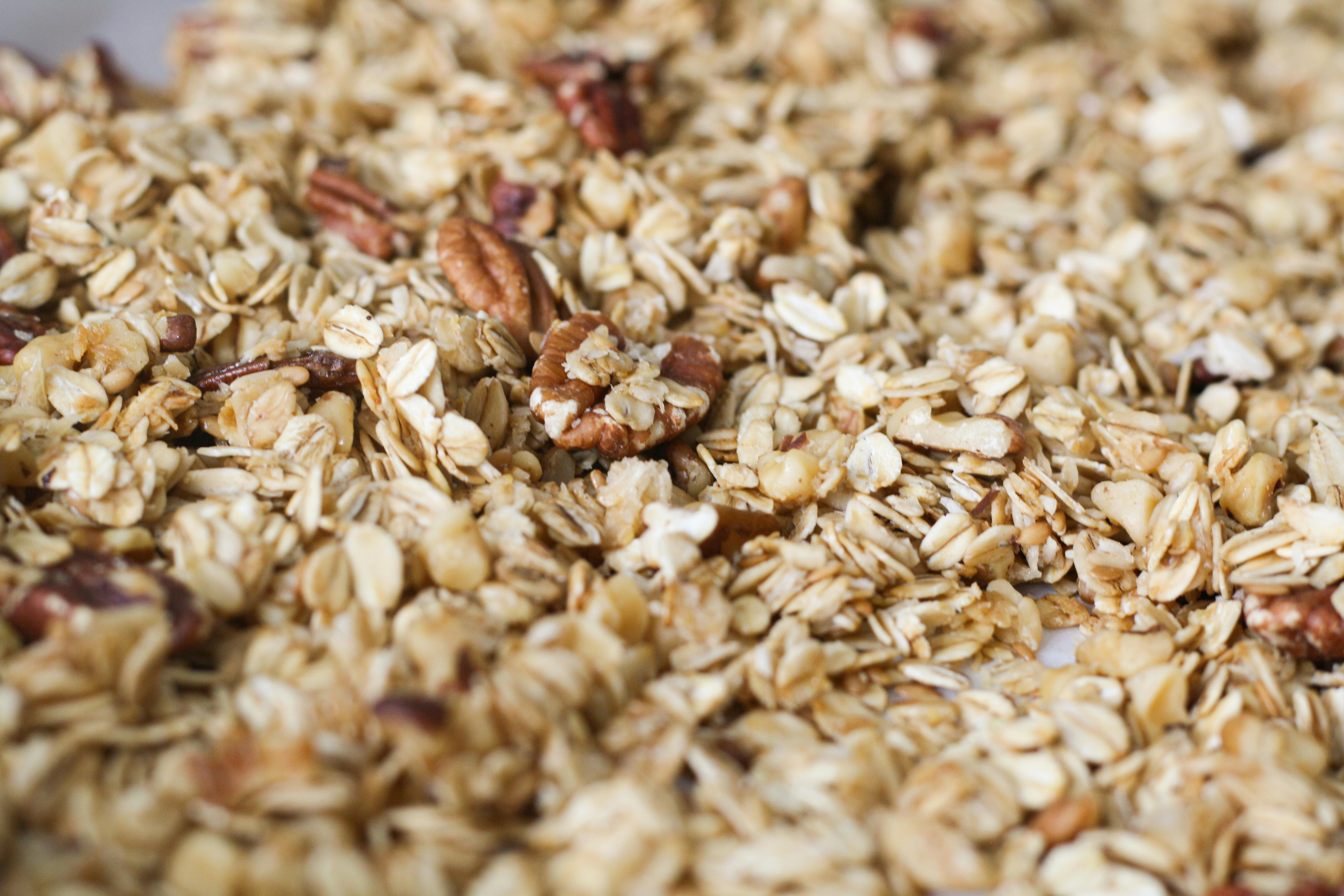Best 3 Practical Solutions for Portioning Chicken and Rice for Dogs in 2025

Top 5 Effective Ways to Determine How Much Chicken and Rice to Feed Your Dog in 2025
As pet owners, understanding how much to feed our furry friends is crucial for their health and wellbeing. When it comes to a homemade dog food diet, combining chicken and rice is a popular choice due to its nutritional value and digestibility. The chicken and rice dog diet offers a simple and effective way to nourish your pet, but determining the right portions can be challenging. This article explores five effective methods for calculating the proper dog diet, ensuring your dog gets the right balance of nutrients while maintaining a healthy weight.
We'll discuss the importance of evaluating your dog's dietary needs, utilizing feeding guidelines, and understanding key nutritional components. By the end, you’ll be equipped with practical tips to create a balanced meal plan that meets your dog's specific needs.

1. Assessing Your Dog's Ideal Weight
The first step in determining how much chicken and rice to feed your dog is to understand their ideal weight. Regularly check your dog’s weight to ensure they’re maintaining a healthy size. If your dog is overweight, they may require a lower caloric intake, while underweight dogs may need increased portions.
Understanding Body Condition Score (BCS)
Using a Body Condition Score chart can help in assessing your dog's weight. This scoring system, typically ranging from 1 to 9, considers both your dog’s overall shape and their fat coverage. Aim for a BCS of around 4-5, indicating a healthy weight. If your dog falls above or below this range, adjust their diet accordingly.
Calculating Caloric Needs
Once you know your dog's ideal weight, it's important to calculate their daily caloric needs. A general rule of thumb is to feed an adult dog approximately 30 calories per pound of body weight. Puppies and active dogs might require more calories, while older or less active dogs may need fewer.
Adjusting Portions Based on Activity Level
Consider your dog's activity level when determining portion sizes. Active dogs will require more calories and larger portions of chicken and rice meals for dogs compared to their less active counterparts. Adjust portions based on playtime and exercise to maintain a balanced dog feeding guide.
With the ideal weight established and caloric needs calculated, let’s move to the next important factor—choosing the right ingredients.
2. Understanding Nutritional Components in Chicken and Rice
Two of the main ingredients in your dog's diet are chicken and rice. Each offers unique nutritional benefits that are essential for your dog's overall health and wellness.
Nutritional Value of Chicken
Chicken serves as a high-quality source of protein, which is essential for muscle development and overall health in dogs. It’s vital to choose high-grade chicken products without additives. Always consider the nutritional value of chicken when planning portions for your dog's meals.
Nutritional Value of Rice
Rice is an excellent carbohydrate source that provides energy to active dogs. When selecting rice for your dog meals, choose easily digestible varieties such as white rice or brown rice. Brown rice offers fiber that can aid digestion; however, some dogs may find white rice easier to digest during an upset stomach.
Combining Chicken and Rice for Balanced Meals
Creating a balanced diet involves finding the proper ratio of chicken to rice. A common starting point is a 2:1 ratio—two parts chicken to one part rice. This provides adequate protein while ensuring your dog receives enough carbohydrates for energy.
Now that we know about ingredients, let’s explore effective meal preparation and feeding schedules.
3. Meal Preparation for Chicken and Rice Diet
Ensuring your dog receives balanced meals requires proper meal prep. This section will cover how to prepare chicken and rice safely and effectively.
Step-by-Step Chicken Rice Preparation
Preparation usually involves boiling chicken, cooking rice according to instructions, and blending them together. It’s essential to ensure chicken is thoroughly cooked to eliminate harmful bacteria. Use fresh ingredients and avoid using any sauces or seasonings that could be harmful to dogs.
Portion Control for Homemade Dog Meals
Utilizing a dog food portion calculator can assist in maintaining accurate serving sizes. It's advisable to measure out portions accurately, ensuring each serving remains consistent across the week. This helps in monitoring your dog's weight effectively over time.

Feeding Schedule for Optimal Nutrition
Alongside preparing meals correctly, establishing a feeding schedule plays a critical role in a dog’s dietary well-being. Regular feeding times help dogs maintain stable energy levels and digestive health. Feeding time can vary based on age and activity levels, typically ranging from two to four times per day for adult dogs.
With preparation methods established, we can discuss evaluating individual dog needs based on age and health status.
4. Adjusting Portions Based on Dog Age and Health
Your dog’s age and health condition significantly affect their dietary needs, and adjusting their chicken and rice portions accordingly is essential.
Feeding Puppies
Puppies have different feeding requirements than adult dogs due to their rapid growth. They generally need higher protein diets to support muscle development; therefore, portions should be adjusted frequently as they grow. Consult your veterinarian for recommendations based on breed and age.
Feeding Adult Dogs
Adult dogs require a well-balanced diet to maintain energy while preventing obesity. Monitor their weight regularly and adjust their portion sizes of chicken and rice as necessary. Ensure they receive adequate nutrition without overfeeding.
Feeding Senior Dogs
Older dogs may have reduced activity levels, thus requiring less food. Pay special attention to any health issues such as kidney disease or arthritis that may necessitate dietary adjustments. Consult with your vet for tailored meal plans focused on elder canine health.
Having established these vital factors, let’s move to practical feeding tips.
5. Practical Feeding Tips for Chicken and Rice Diet
Implementing practical feeding tips can optimize your dog’s overall health and the effectiveness of their chicken and rice diet. Here are some guidelines to follow.
Incorporating Variety
Even when sticking to a chicken and rice meal plan, it’s essential to add variety over time. Try incorporating other sources of protein and carbohydrates such as fish or sweet potatoes to provide different nutrients and keep meals interesting for your dog.
Avoiding Common Mistakes
Don’t fall into the trap of feeding too much chicken or rice. Maintaining a balanced diet means occasionally reassessing your dog's meals and adjusting for any unforeseen dietary needs that may arise. Regular vet check-ups can help identify any potential health issues early on.
Consulting with Your Veterinarian
Before making significant changes to your dog's diet, it’s always best to consult your veterinarian for personalized advice based on health requirements. They can provide precise feeding instructions tailored to your dog's individual needs.
Q&A Section
How much chicken should I feed my dog?
The recommended amount is typically around 1/4 to 1/3 of your dog’s overall diet, depending on their size and age. Always consult your vet for personalized recommendations.
Can I mix in vegetables with chicken and rice meals?
Yes, mixing in safe vegetables like carrots or peas can enhance your dog's meals by providing additional nutrients. Just ensure they are dog-friendly.
How often should I feed my dog chicken and rice?
Most adult dogs benefit from two meals a day, while puppies may require three to four smaller meals depending on their age and size.
This article highlighted the importance of understanding your dog's specific requirements and the effective methods for determining the right portions of chicken and rice. With proper planning and attention to detail, you can ensure a balanced diet that supports your dog's health.